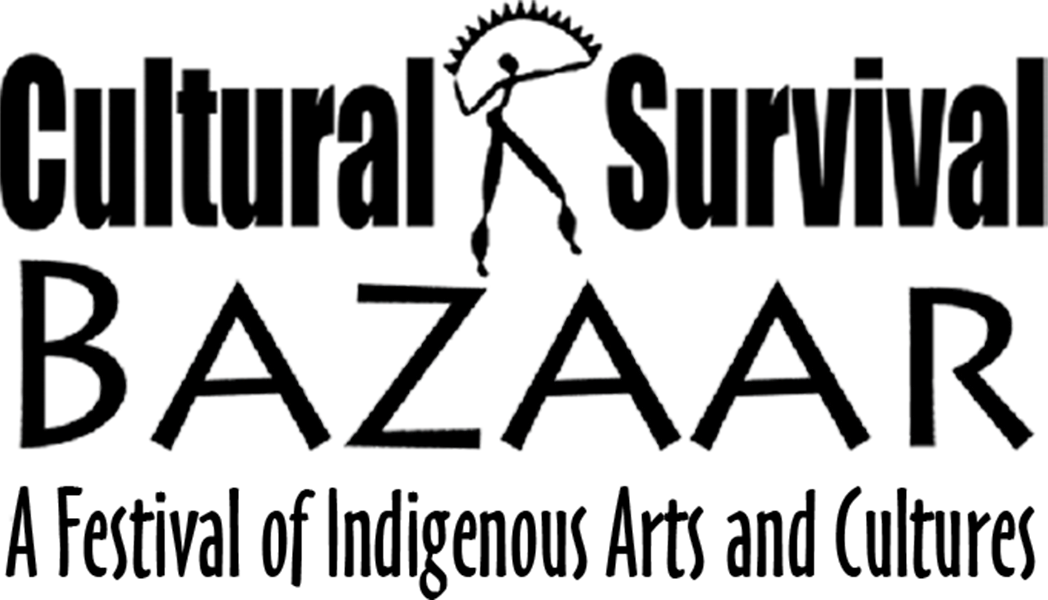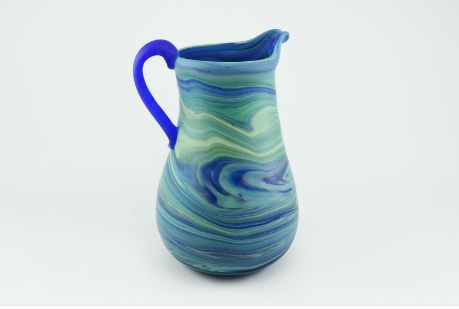Hebron Glass - Hamza
Bio: Beautiful colorful swirls of sea glass is what describes the art of Hebron Glass, a family-owned traditional Palestinian glass blowing business. “According to family history, this craft correlates with the Natsheh family’s presence in Hebron between 122 BCE–330 CE,” says artist and co-owner Hamzeh Natsheh. Established in 1890 and located in the city of Hebron in the West Bank, Hebron Glass employs approximately 60 artisans who work in one of three workshops across the city or from their homes. “All glasswork we do embodies real old stories of Palestinians, unique shapes and patterns. Every home used, and still uses, the glass we make in Hebron as a Palestinian tradition. My brothers and I learned from my Father Taw q. My father learned from my grandfather Abed Alhamid Khalil Natsheh. Our handicraft has been proudly inherited from generation to generation and each family member needs at least five years to learn the skills,” Natsheh says.
Phoenician glass work and ceramics runs in the family of the owners of Hebron Glass and are integral to local heritage. “We used our ceramic and glass in the past (and still) to decorate homes and places in special events. Palestinians like to use traditional glass and ceramic to present food and pride of Palestinian heritage,” says Natsheh. During the 1940s, business slowed as materials became too expensive, but the tradition has since been revived and is again popular.
While the precise process is a family and trade secret, the techniques that the artisans at Hebron Glass use to make their hand-blown glass and hand-thrown ceramic pieces have been used for hundreds of years. “The glass depends on the high skills of the artist who faces the high temperatures of the hot fire,” Natsheh explains. “The glass is fused under approximately 1000 degrees Celsius until it becomes liquid and suitable for blowing. We use a kammasha (steel pipe tool), which is 1 to 1.5 meters long. We leave the piece as soon as it is finished in a room near the oven for cooling down slowly. We recycle and use Coca Cola glass bottles as main raw materials, and we use expensive materials for coloring mixed with plain glass during the blowing stages. The ceramics are thrown on the handwheel, leave for two days to dry, then baked on 1000 degrees C, after we decorate it with black and other six colors, glaze it and bake it again under 1000 degrees C.”

